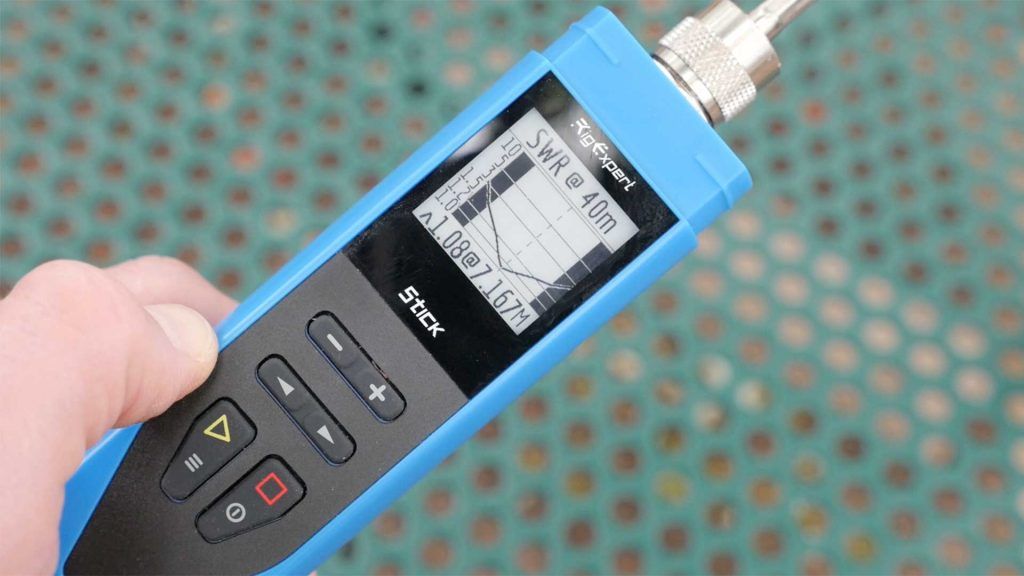In the realm of radio communication, achieving a robust signal on the eleven-meter CB band transcends the mere employment of a high-quality radio and a compatible antenna. Critical to this endeavor are additional components—specifically, specialized testing equipment indispensable for identifying issues and conserving high-frequency radio energy. HAM radio enthusiasts, recognizing this imperative, have accordingly equipped their workspaces with an array of meters and dials essential for diagnosing suboptimal signal reception from other stations.
Enhancing the Signal-to-Noise Ratio
Experts at institutions like CB Radio Supply have meticulously curated collections of accessories aimed at minimizing background noise, thus enhancing the signal-to-noise ratio for both reception and transmission. However, given the plethora of available options, pinpointing an appropriate starting point can be challenging. It is, therefore, crucial to thoroughly explore the functionality of each piece of equipment to understand the potential benefits they offer.
Employing Precise Instruments for Accurate Measurements
A minor adjustment to correct an impedance mismatch can significantly amplify a transmitter’s output power, perhaps even doubling or tripling signal efficacy. An SWR (Standing Wave Ratio) meter is employed to assess the impedance between a CB unit’s antenna jack and the connecting cable. By fine-tuning wire connections and monitoring the SWR meter, users can achieve a more precise impedance match. Given the risk of high-frequency pulses damaging the electronics of a commercial-grade transmitter, the importance of these instruments cannot be overstated. Moreover, power supplies and their integrated monitoring dials are invaluable for identifying overload conditions.
Given their similar wavelengths, the testing equipment for ten-meter HAM radios and CB radios are often interchangeable. This compatibility allows radio amateurs to benefit from the aforementioned solutions.
Adjusting a Wireless Configuration
Frequency counters are essential for maintaining transmissions within a dedicated wireless zone, ensuring that transmissions always occur on the correct channel. These devices can accurately identify incoming signals and display their frequencies. For instance, if a CB user is operating on channel 13, the frequency counter should indicate a frequency of 27,115 kHz; any deviation suggests an issue.
Many CB and HAM radios are equipped with integrated radio frequency meters on their front panels, allowing operators to gauge the total reflected electricity. This facility makes swapping out old meters straightforward, enhancing the system’s efficacy, particularly for those frequently operating on the 70-centimeter HAM band.
CB Radio Supply Company: A Comprehensive Solution
Equipping an operator’s station or mobile setup with a comprehensive range of testing resources is crucial. CB Radio Supply caters to the diverse needs of radio enthusiasts, offering an extensive selection of products, including test equipment, antennas, transceivers, and mounting brackets. Those new to radio hosting or seeking to optimize their HAM radios will find valuable resources and guidance on CB Radio Supply’s website.
Moreover, our inventory includes specialized accessories for both novices and seasoned operators, ranging from advanced digital analyzers to basic tuning tools. This ensures users can find the precise equipment necessary to enhance their setup. Should you require support or professional advice regarding your HAM radios, our team stands ready to help you refine your radio communication experience. Committed to being your primary resource for all matters related to CB and HAM radio operations, we pledge to deliver quality products and exemplary customer service.

